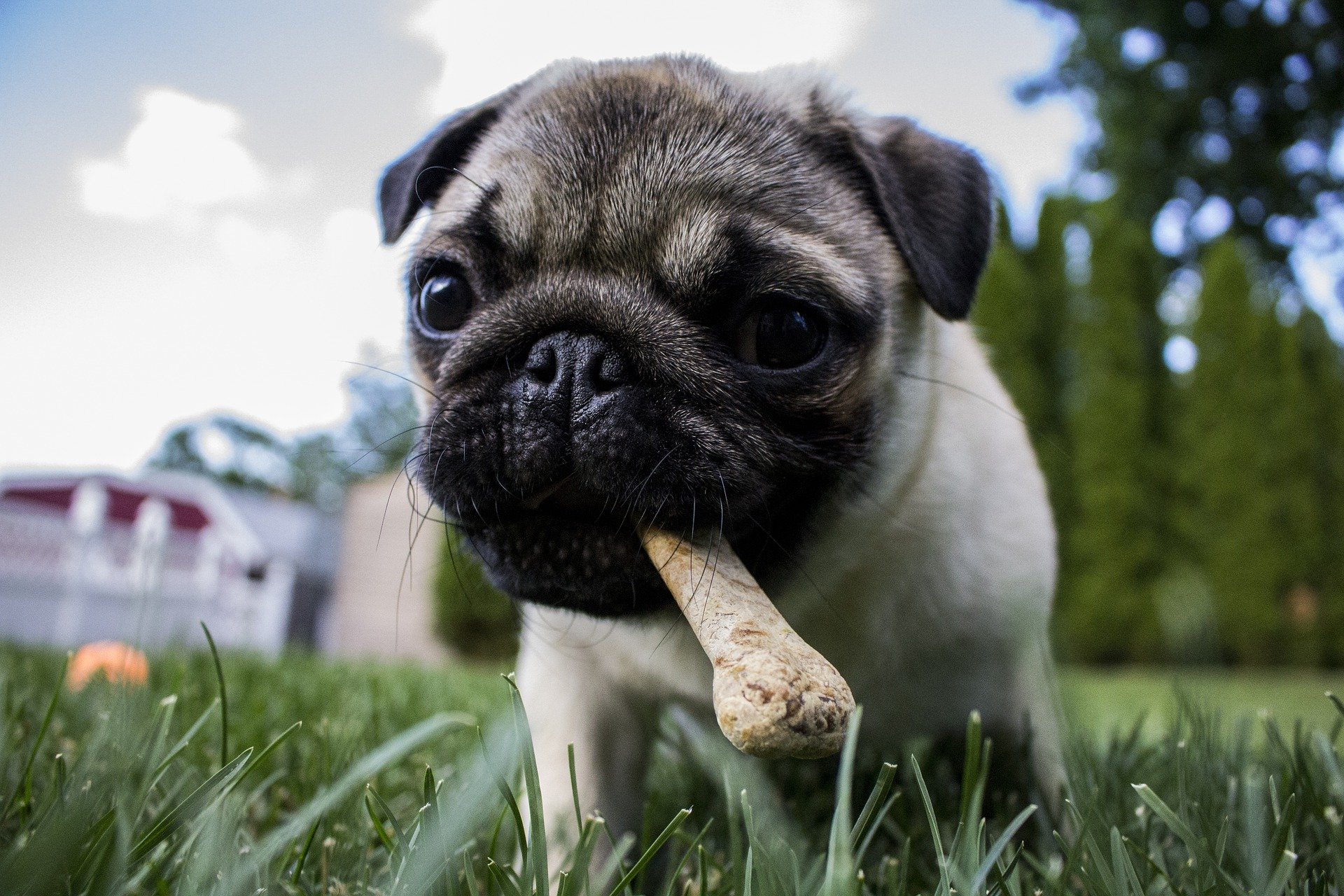Treats play an important role in training any trick or behavior. While it may seem like they are bribes (and in some cases, people do mistakenly use them this way), their purpose should instead be as a reward. Though we may not even understand the difference, using bribes versus rewards can significantly impact the success of your training.
So what’s the difference? A bribe is used to get your dog to do something. They may not even fully understand what you want them to do; they just follow their nose until they get the treat. Dogs that view treats as a bribe will refuse to do as they’re asked until the food is presented. This puts the control in your dog’s hands–if they are misbehaving, and the pleasure of continuing to misbehave is greater than the pleasure of eating the treat you have, they will not listen to you. On the other hand, a reward is given only after a dog willingly performs a behavior. Think of it as a paycheck. With proper training, the reward is not necessary for the dog to perform the behavior or trick; it’s just a bonus. While treats may be used as a lure at the beginning of training to show your dog what you want from them (for instance, dangling a treat over their head to get them to sit), the goal is to teach them to listen without the expectation of a treat.
To prevent a reward from becoming a necessary bribe, it’s important to understand when and how to begin removing food from your training. The key is to use food long enough to reinforce the behavior and ensure your dog knows what you’re asking of them, but remove it before they rely on the food to understand your command.
Here’s an example of what training with food rewards should look like:
First, use the food as a lure to get your pup into the correct position or to perform the behavior. For instance, with “sit”, you would hold the food above their head and slowly move it back until their bottom hits the floor as they follow it. With your other hand, use the hand signal you want that will mean “sit”. No need to use a verbal command just yet–you don’t need to incorporate the cue until they can reliably get into the correct position.
Repeat the motion until they’re sitting smoothly and quickly when you do it.
Next, try using the hand signal only to get your dog to sit. If they do, tell them “yes” or mark with a clicker, then reward them with the treat. This is awesome progress!
You may be confused that we still used food, but the difference is the way it was used. In this instance, the treat is a reward for doing a trick on their own; NOT a bribe to do the trick in the first place. You should always reward your pup for doing a good job. To fully move away from treat rewards, slowly incorporate verbal praise and pets as the reward. You’ll likely still need treats as a reward for difficult behaviors such as recall, but praise should suffice most of the time as a reward for simpler tricks like “sit” and “down”. Treats still need to be used, but not all the time.
If you need additional training assistance, call Gulf Coast K9 Dog Training for class schedules and availability.





